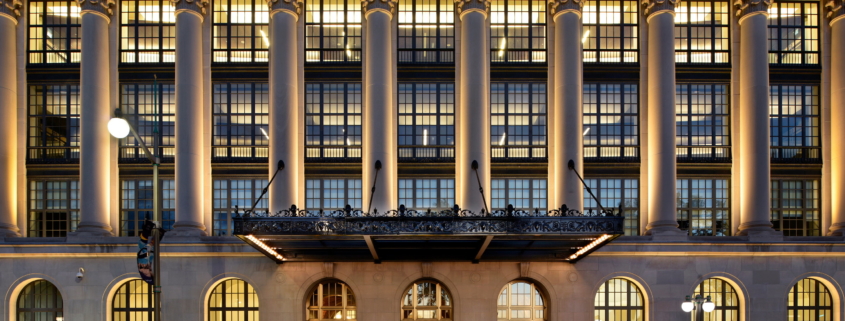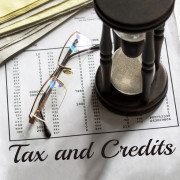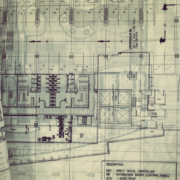Expectations for Upcoming ASHRAE changes to §179D Tax Deduction
Together with §179D having been made permanent as part of the Consolidated Appropriations Act of 2021 this past December, one of the major changes came in the form of more stringent ASHRAE requirements for the qualification of the energy efficient commercial buildings. When the new standards will come into effect is still to be determined, as the changes have to be approved by the Department of Treasury and the Department of Energy in order to be effective. In the meantime, the engineers at Walker Reid Strategies have run some hypothetical analyses as to what the increased ASHRAE standards may mean for building owners and designers of energy-efficient commercial buildings.
It is our expectation that once approved we will see the following standards being increased from the current ASHRAE 90.1-2007:
ASHRAE 90.1-2019 Could apply for projects that began construction after Oct. 2021
ASHRAE 90.1-2016 Could apply for projects that began construction after Oct. 2018
So what does this actually mean for building owners who are looking to take advantage of the §179D Tax Incentive? Historically with the §179D tax deduction, the low hanging fruit has been the savings generated by lighting systems. Furthermore, lighting has been a major contributor as far as the overall reduction percentages to help achieve the full building deduction of $1.80/SF that is available for §179D. The increases in the lighting category will have the largest impact on the qualification of energy efficient commercial buildings.
The increase in the ASHRAE standards from 90.1-2007 to 90.1-2016 in the lighting category is an average of 30% across the building types…however, there are some building types that are going to see a substantial increase as much as 40-50%. On the bright side, some building types were minimally affected by the increase in the standard, Multi-Family being one of the least affected at 3% in a space that is currently one of the hottest sectors in the real estate industry.
The following Categories are all seeing increases in excess of 35%
| Exercise Center | 35% | Library | 40% |
| Workshop | 36% | Warehouse | 40% |
| Convention Center | 37% | Dining: Cafeteria/fast food | 44% |
| Gymnasium | 38% | Fire Station | 47% |
| Dormitory | 39% | Parking Garage | 50% |
| Transportation | 39% | Dining: Family | 51% |
| Post Office | 39% |
These categories that are seeing an increased requirement for energy efficiency standards will require careful design consideration and overall reduction in the wattage of the lighting systems that are being proposed and designed to be installed. A quality design by an electrical engineer along with the use of the proper types of energy efficient lighting fixtures will be critical. Lighting designers will need to take advantage of the latest technology and proper planning to assure adequate lighting is in place while still reducing the energy consumption of the building. Control Systems, Bi-Level Switching, and motion sensors are all secondary energy efficiency measures that will be critical to aid in achieving the qualification for §179D
The technology available on the market is vast and there are plenty of affordable options that will achieve your energy efficiency goals. It is recommended that you use a professional electrical engineer in the process of designing your energy efficient commercial lighting system. If your project has already been designed the engineers at Walker Reid Strategies will be happy to perform a complimentary feasibility study to determine its qualification.
For more information about §179D Tax Deduction click here
For more information about §45L Tax Credit click here
About the Author;
David Diaz is Managing Partner and thought leader at Walker Reid Strategies, one of the leading providers of energy tax incentives (§179D Tax Deduction and §45L Tax Credits). Over the past 12 years Walker Reid has been assisting CPA’s, Specialty Tax Firms, Architects, Engineers, Building Owners, Developers and ESCO’s to maximize the certification of energy tax incentives in both the private and public sector.







